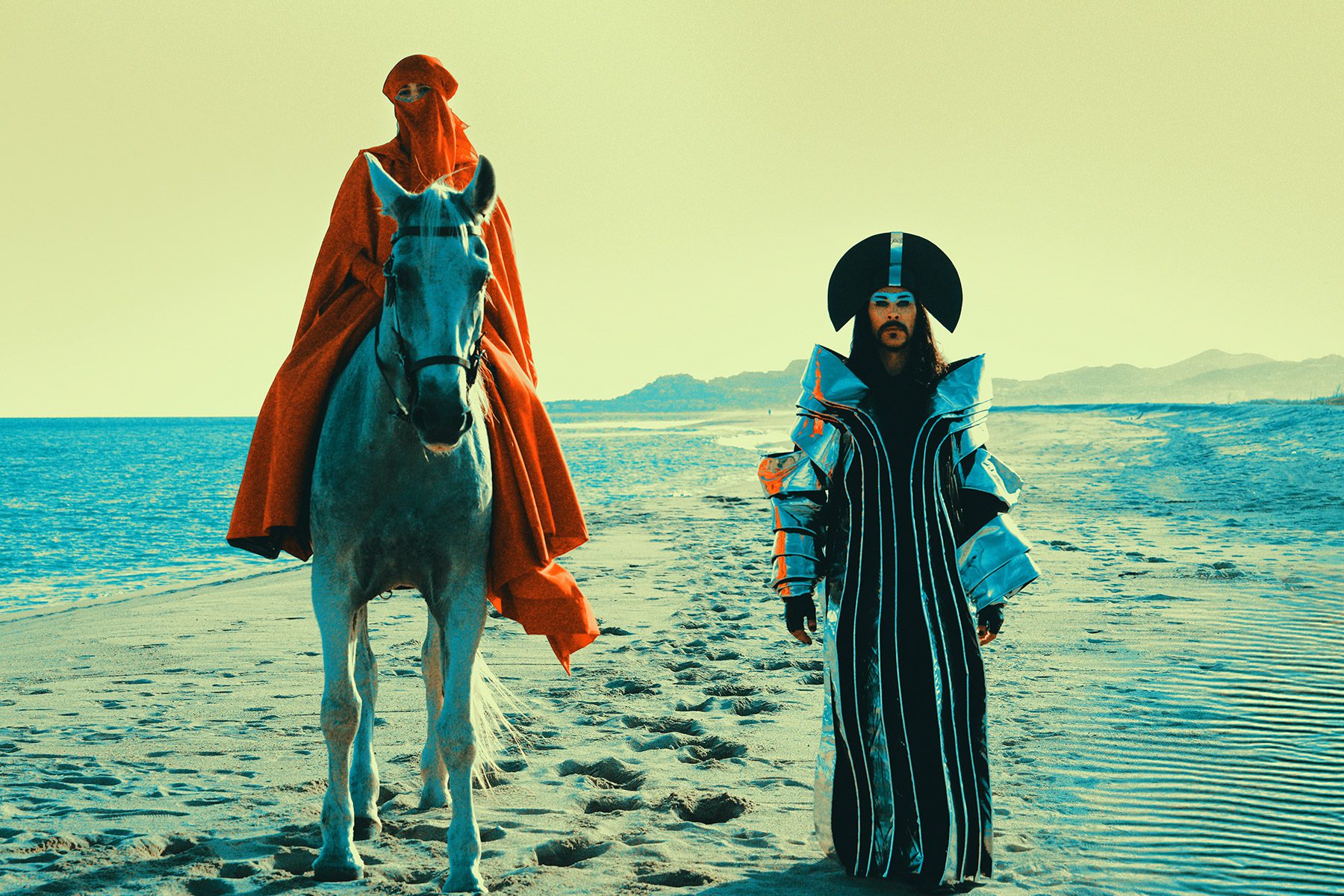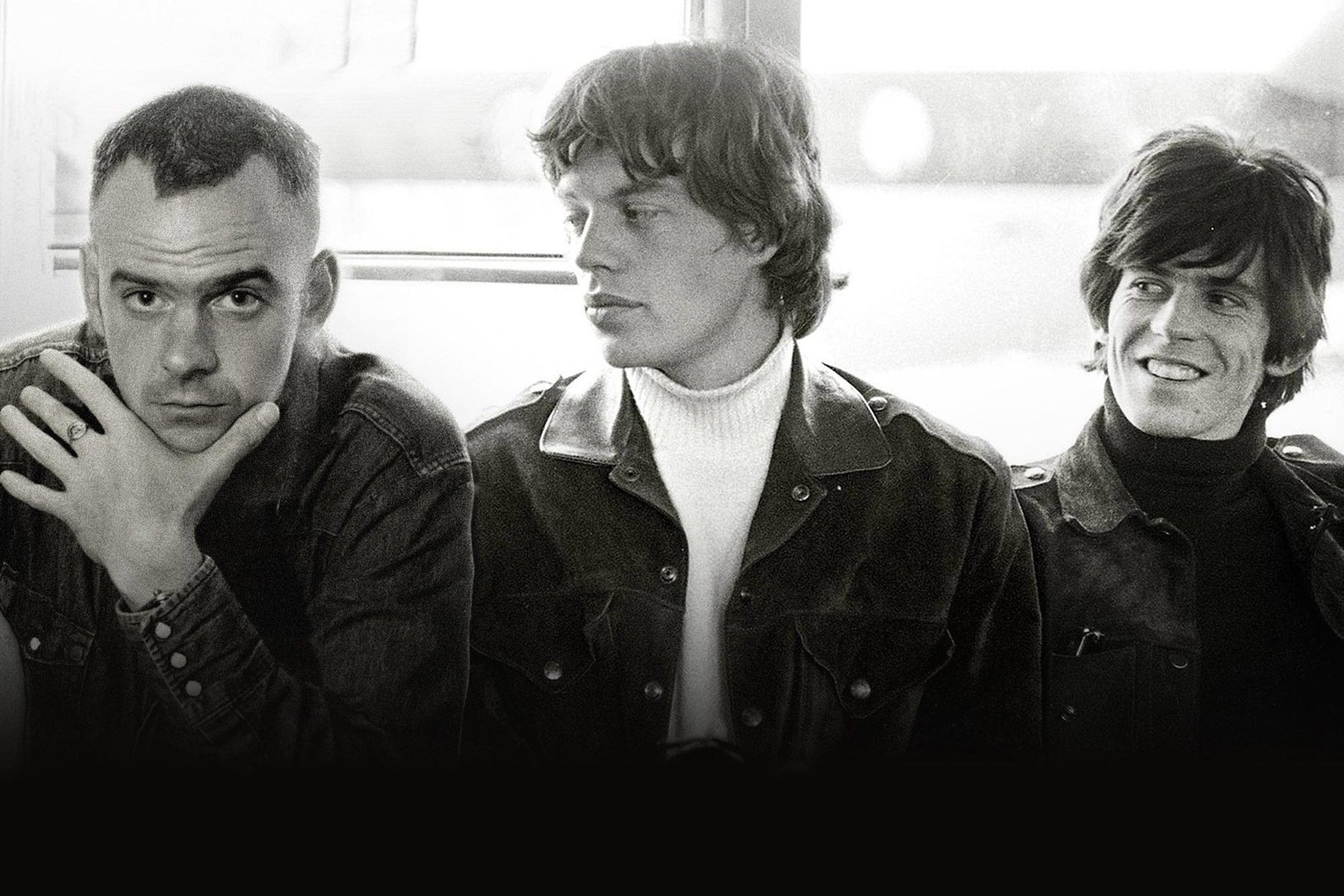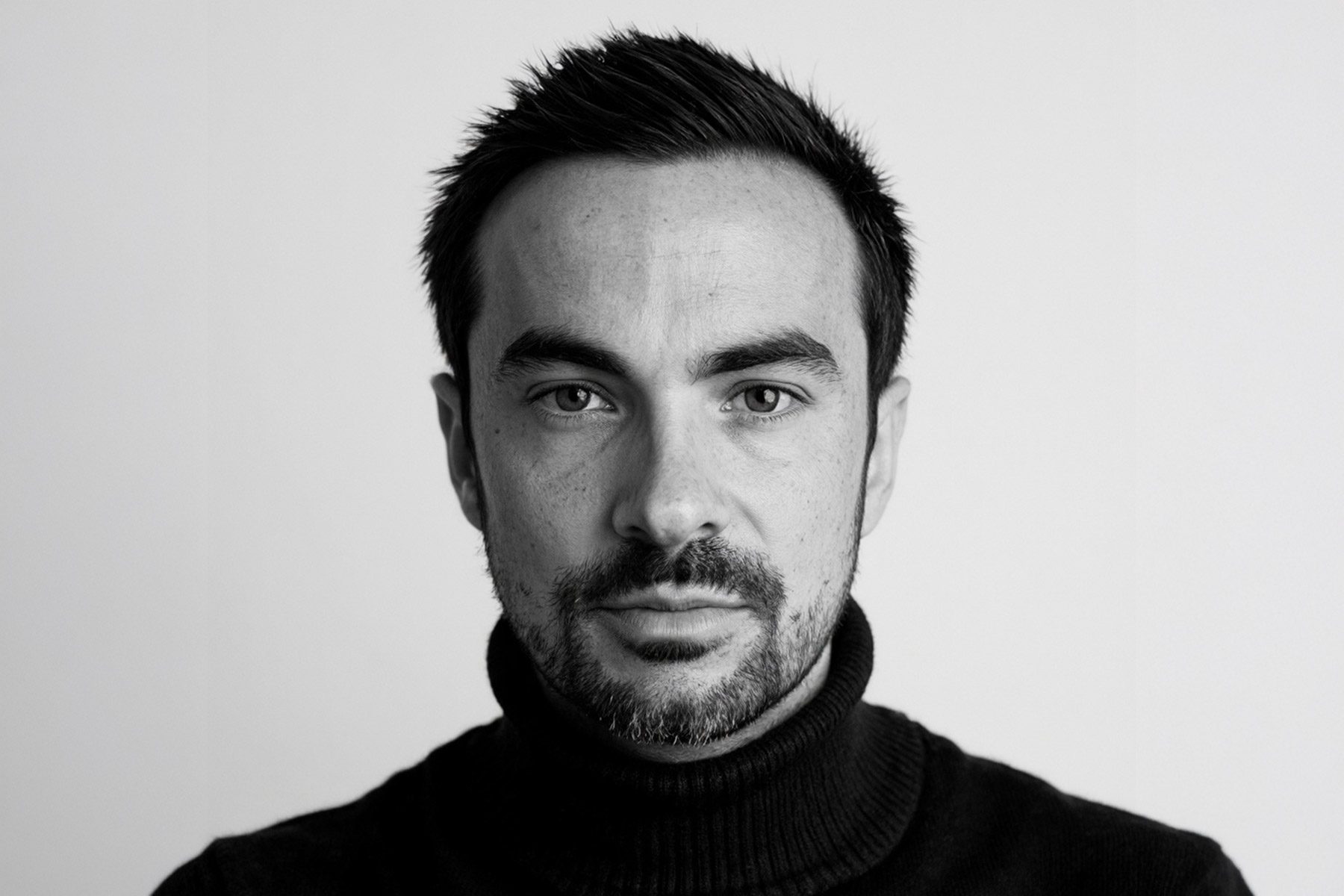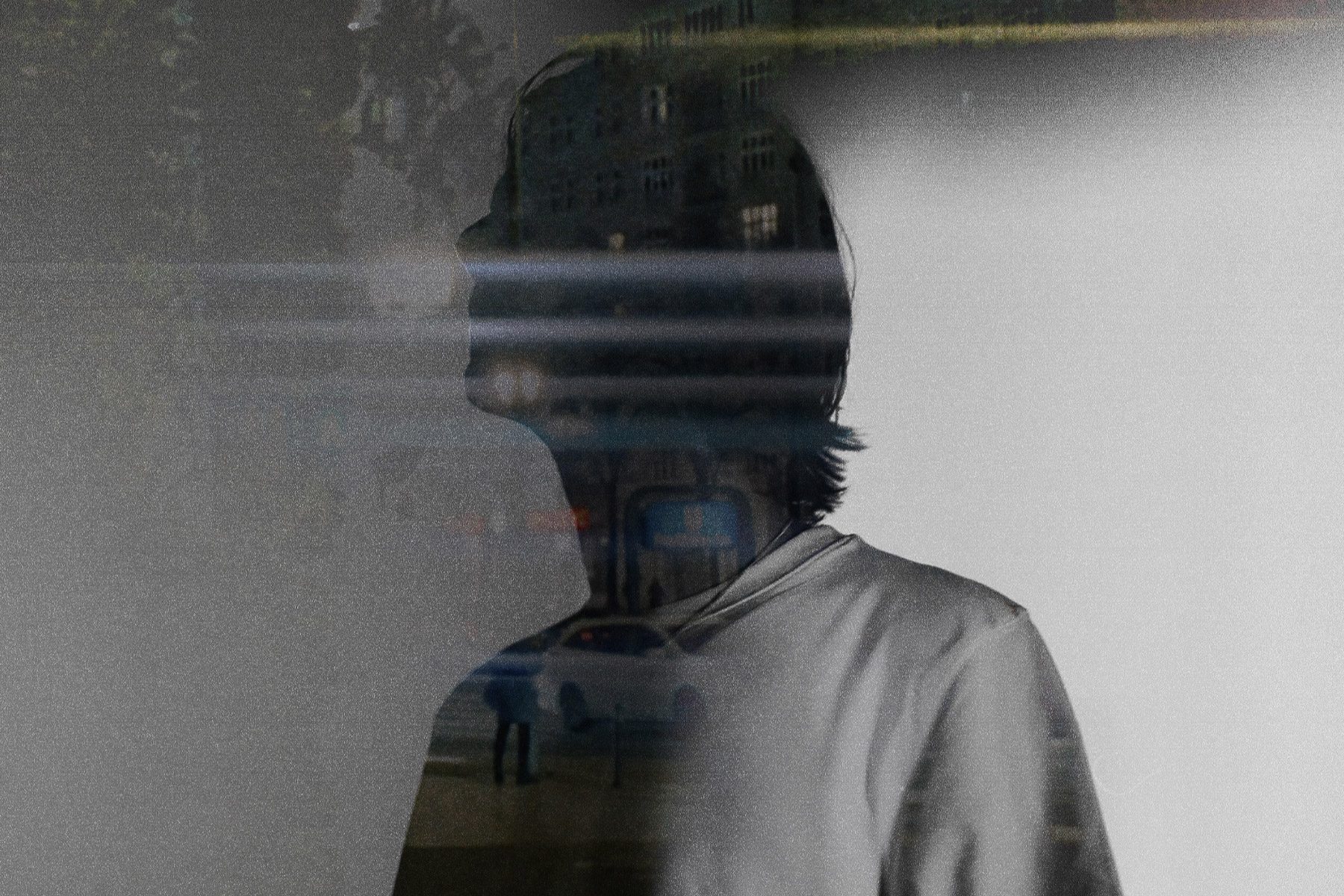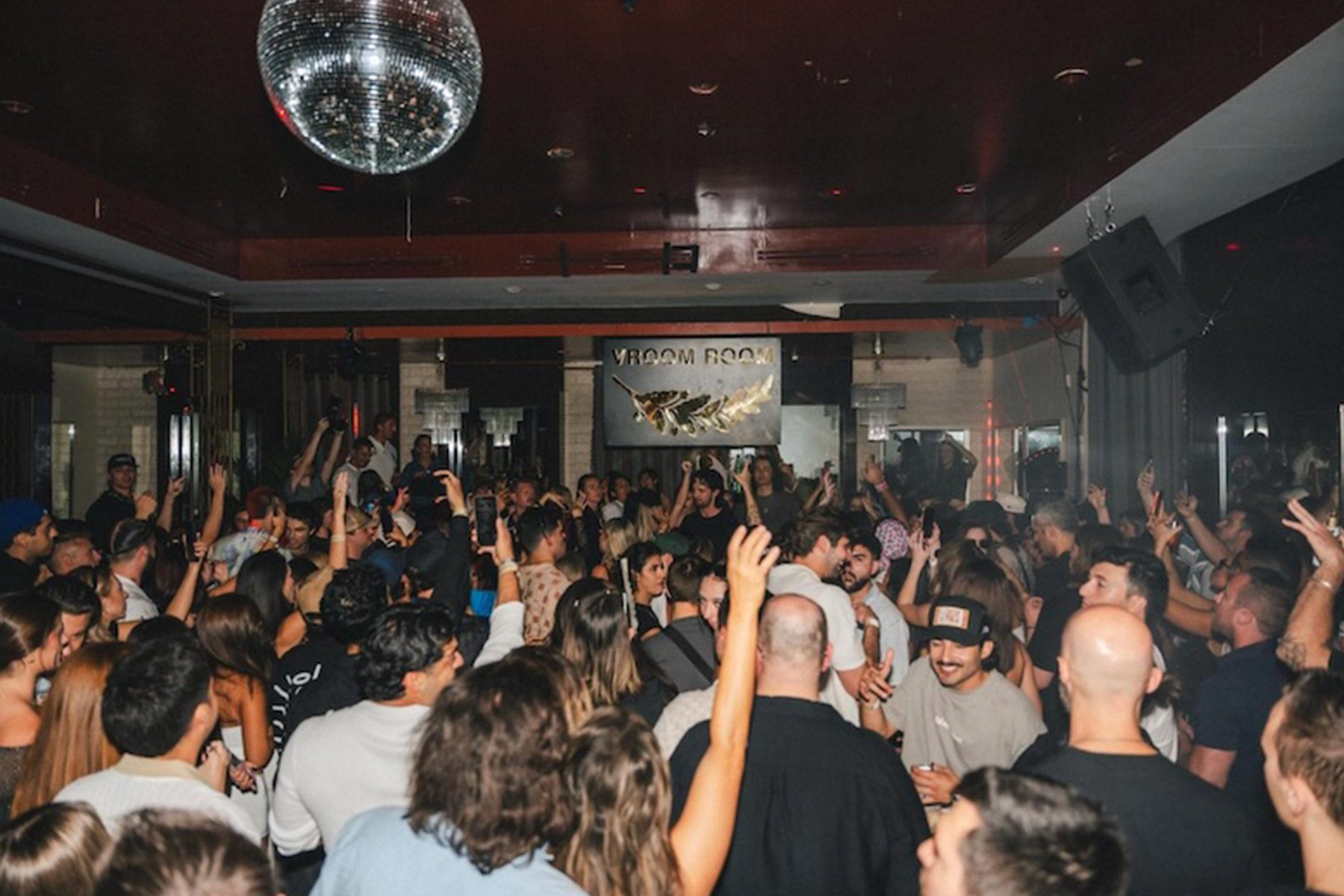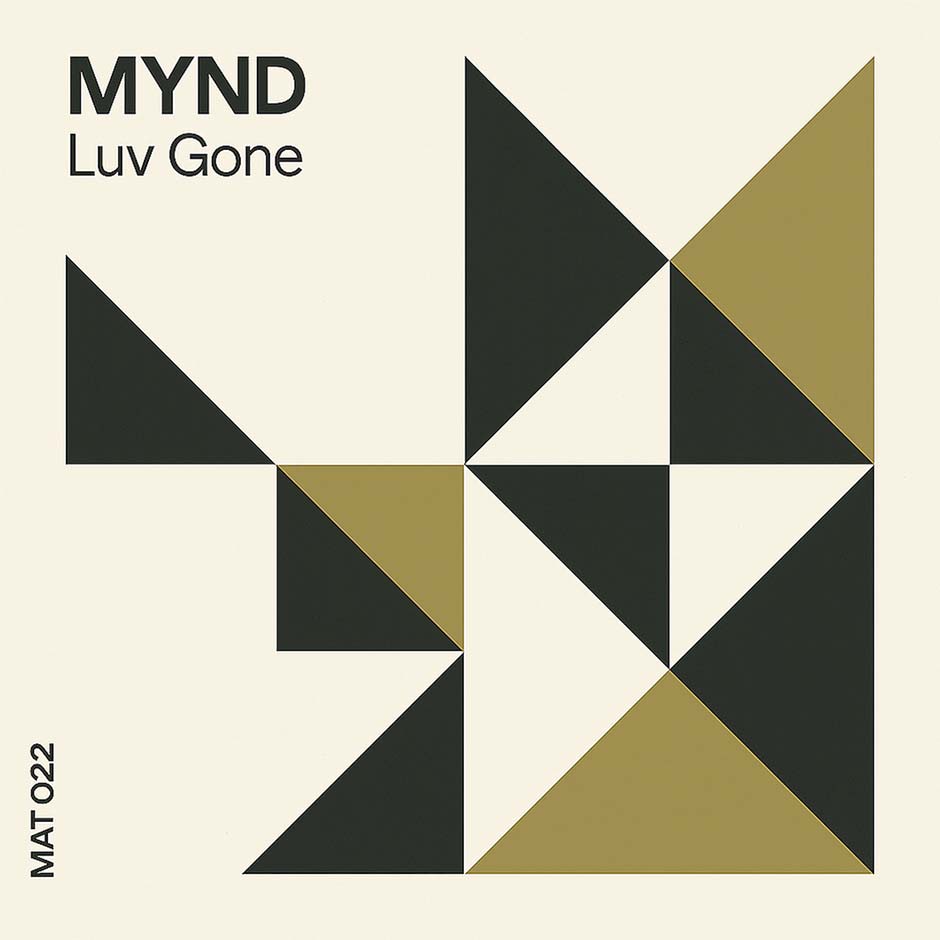Emerging from the vibrant Los Angeles music scene, ASHRR has captivated audiences and critics alike with their blend of electronic soul, space disco, and indie dance.
Photo credit: Jeff Fourney
This innovative trio has gained support from influential platforms such as NPR and KCRW’s ‘Morning Becomes Eclectic,’ cementing their status as industry tastemakers.
ASHRR’s journey has been marked by consistent growth and evolution. From their debut EP to their first full-length album ‘Oscillator’—praised for its “easy hooks with rhythmic elegance”—the band has continually pushed the boundaries of their sound.
Their post-pandemic releases, including collaborations with dub legend Scientist and remixes by System Olympia, showcase their versatility and appeal across various electronic music subgenres.
ASHRR has recently released their new album ‘Sunshine Low,’ marking a significant milestone in their musical journey. To celebrate this release, they’ve offered a rare glimpse into their creative process by opening the doors to their studio. The band has shared five studio tips for committing to your sound and producing memorable music.
1. Create your own samples
We’ve always been big fans of creating our own samples from sounds, noises, etc. The raw file goes through many steps to achieve the final result. For example, we might take the clank of a glass bottle and adjust the envelope to shape the sound’s length. We pitch it up or down depending on the key of the song and our creative goal. After that, processing begins, which can include anything! I love adding distortion plugins, like Arturia’s Culture Vulture, and running it through modulation or even a full guitar effects chain with outboard effects (phaser, flanger), a Space Echo 201, and spring reverb. There are also incredible bit-depth and warble-type plugins that we use as “secret sauce.” Ultimately, the goal is to create the sound you’re hearing in your head or discover something entirely new along the way. We’ve never sampled from an album because we can play any idea we hear on instruments.
2. Stay in creation mode
Often when you’re in a creative state, you can just pull up your go-to synth (we use Arturia’s Prophet 5 or u-he Diva a lot) to find the sound you’re looking for. If we want to replace it with the real thing later, we will. Sometimes, though, we process the idea and decide to keep it. It’s crucial to stay in the creative flow and not lose momentum by over-focusing on individual sounds. Sometimes everything comes together, and sometimes it doesn’t, but you never want to lose that flow state. You can always go back and tweak or replace elements later.
3. Pick your instruments and stick with them
During the recording sessions for our new album, we decided to work with a very limited set of tools. We had a Fender Rhodes, a Prophet synth, a Fender Twin amp, a small drum kit, and a Fender P Bass directly into the console. Limiting the gear forces you to rely on creativity and helps establish a distinct “sound” for the music. You want to maintain a minimalist approach to see what’s great about the core recordings before adding other elements.
4. Real groove
We often use a real bass guitar instead of synth bass because the way a player feels the subtleties of pocket and groove is entirely different from programming or playing a synth. It’s important to us that organic playing is always a part of what we do. Using recorded audio, processing it, and cutting it up often yields more originality and produces parts that stand out in the mix.
5. Embrace mistakes
In the modern world of computer recording, most systems are set up with a perfectionist mindset, often producing exactly what you intend. The more you play organic instruments, avoid quantizing everything, and manipulate audio instead of relying solely on MIDI or virtual instruments, the more unique and memorable your music will be. Accidents are also valuable. Don’t worry too much about slightly out-of-tune or rhythmically imperfect parts, or chords that don’t follow traditional music theory. Focus on the bigger picture of the piece. Commit to your sounds—don’t just rely on plugins. Be brave, embrace imperfection, and step outside the box when you can.
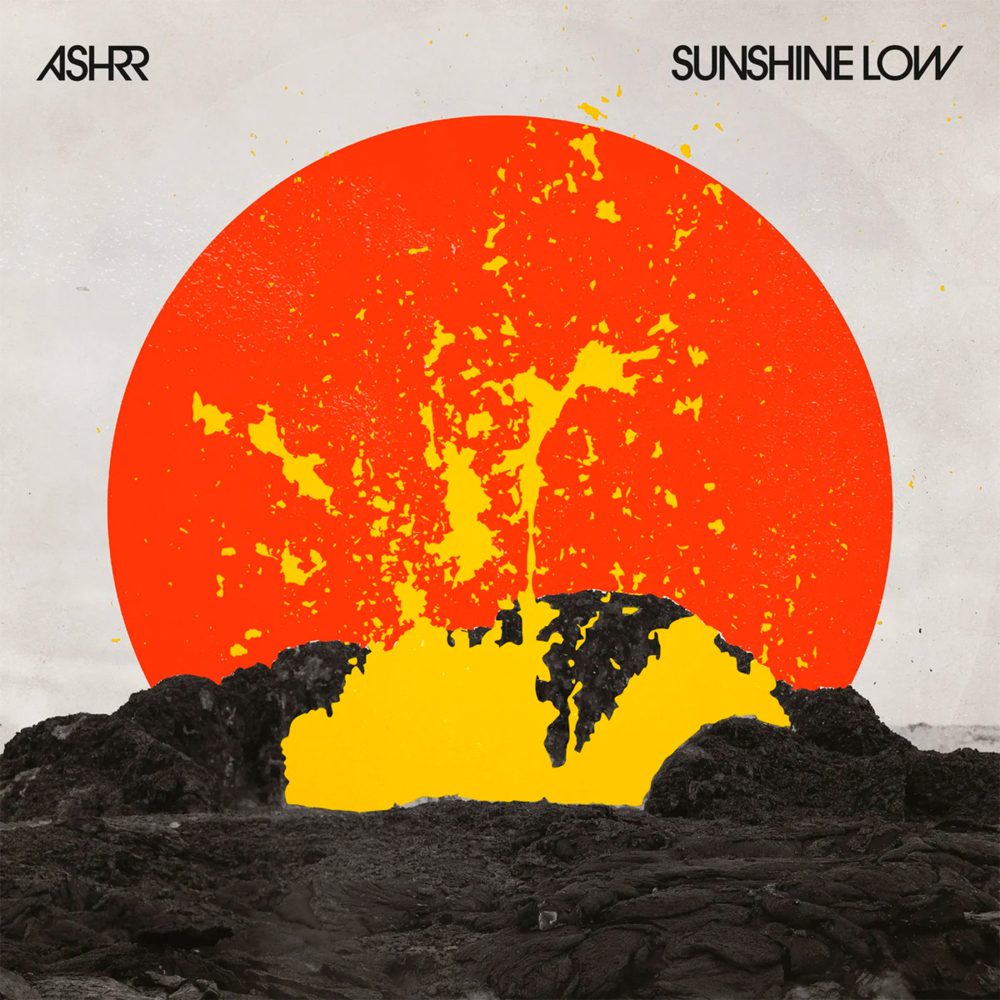
ASHRR’s ‘Sunshine Low’ is out now on 20/20 Vision Recordings. Stream and download here.
Follow ASHRR: Spotify | Soundcloud | Instagram | Facebook




